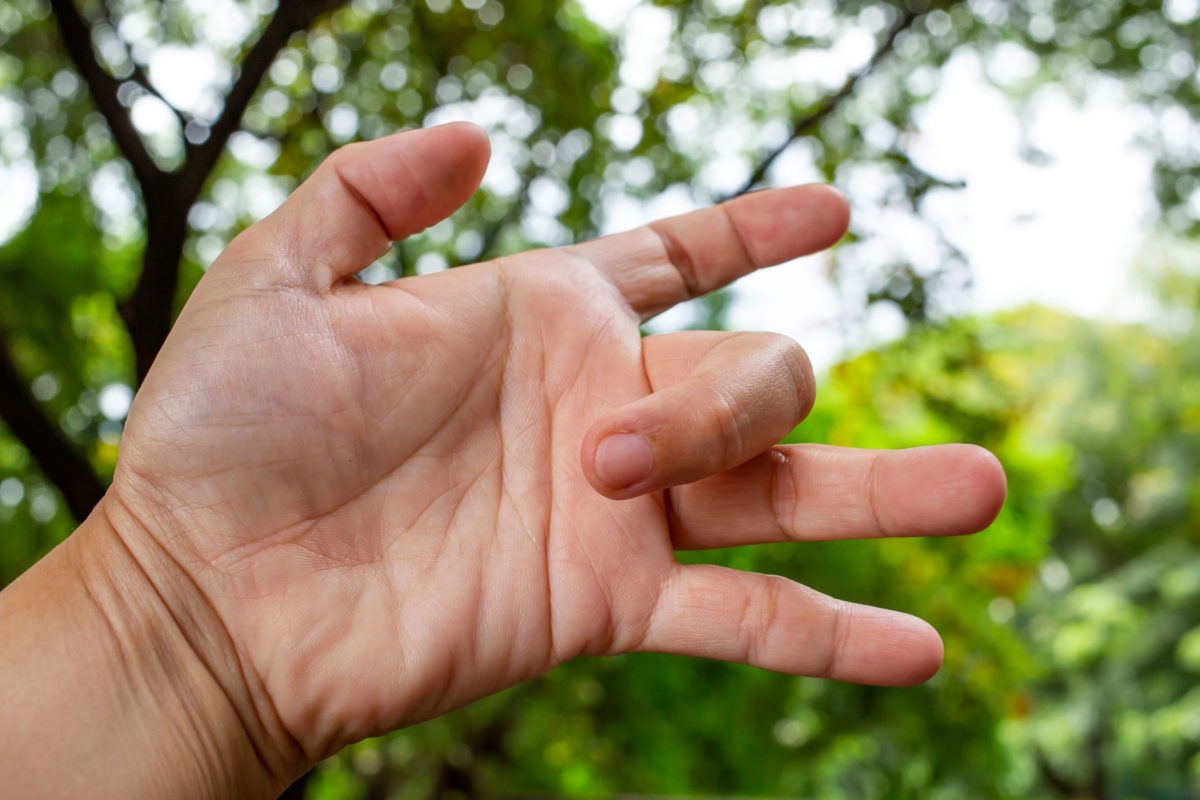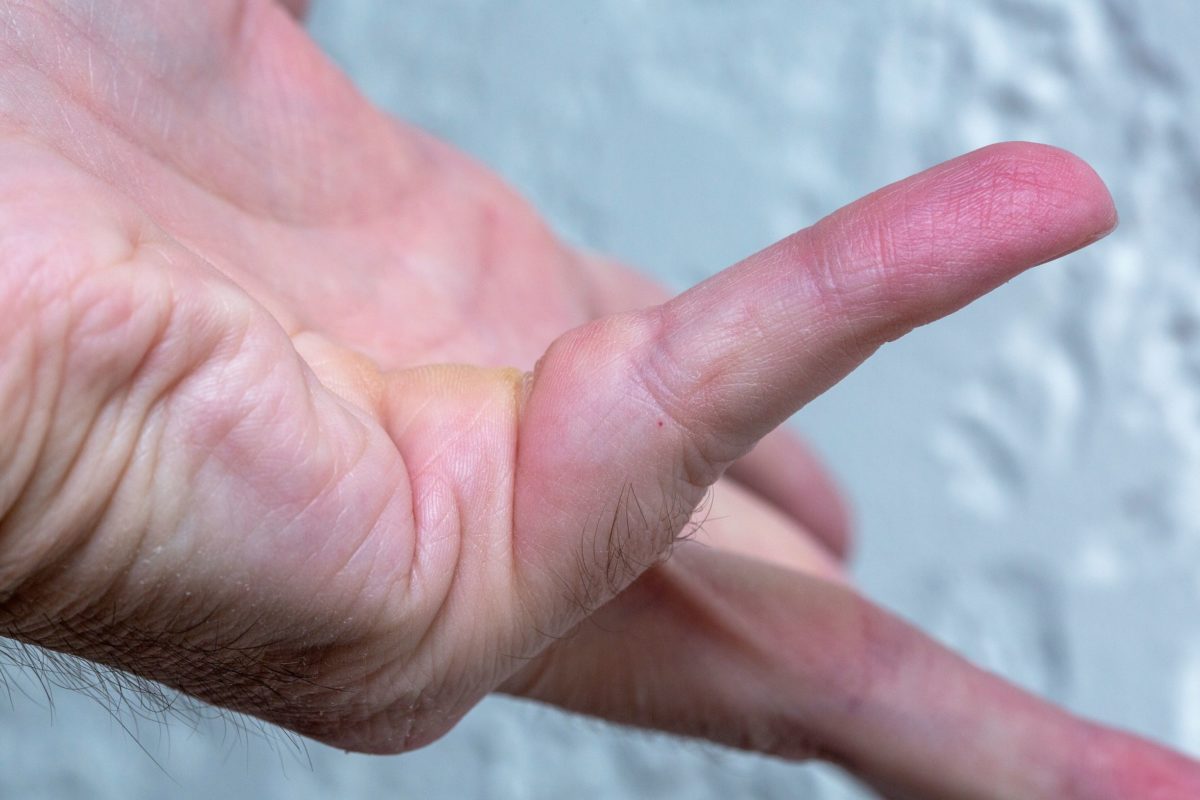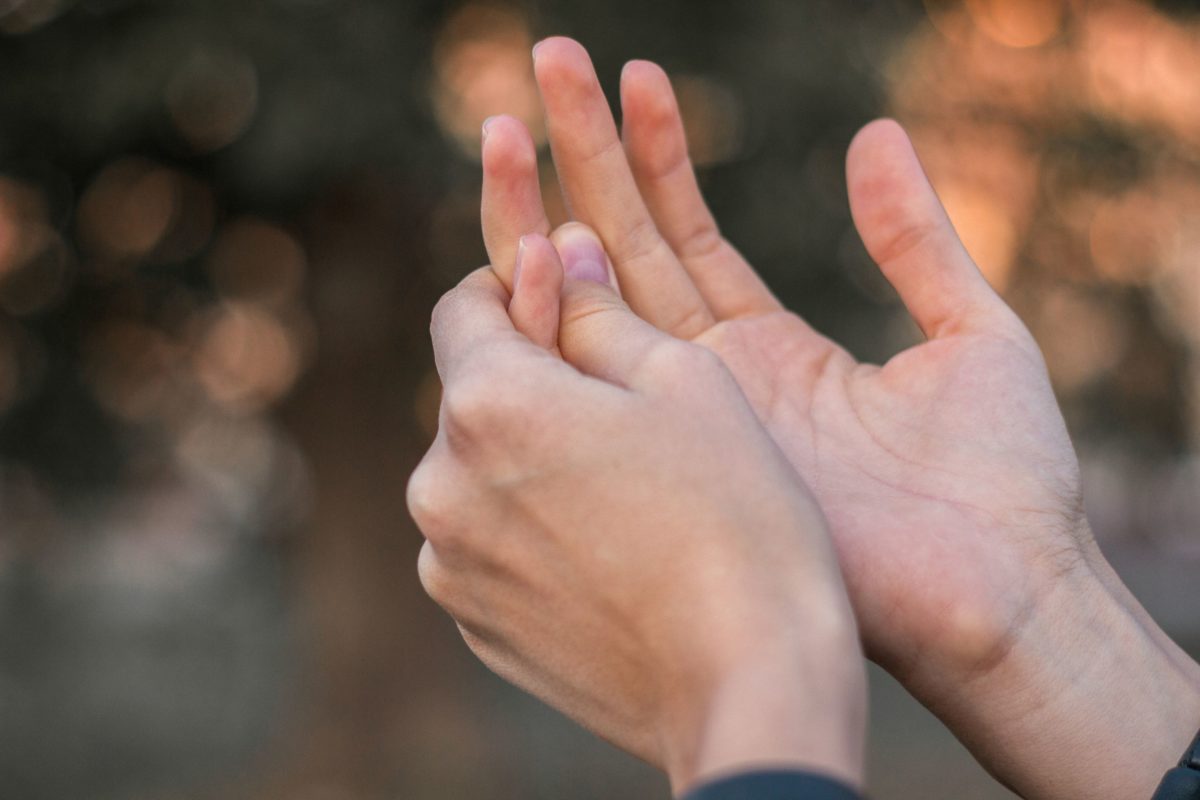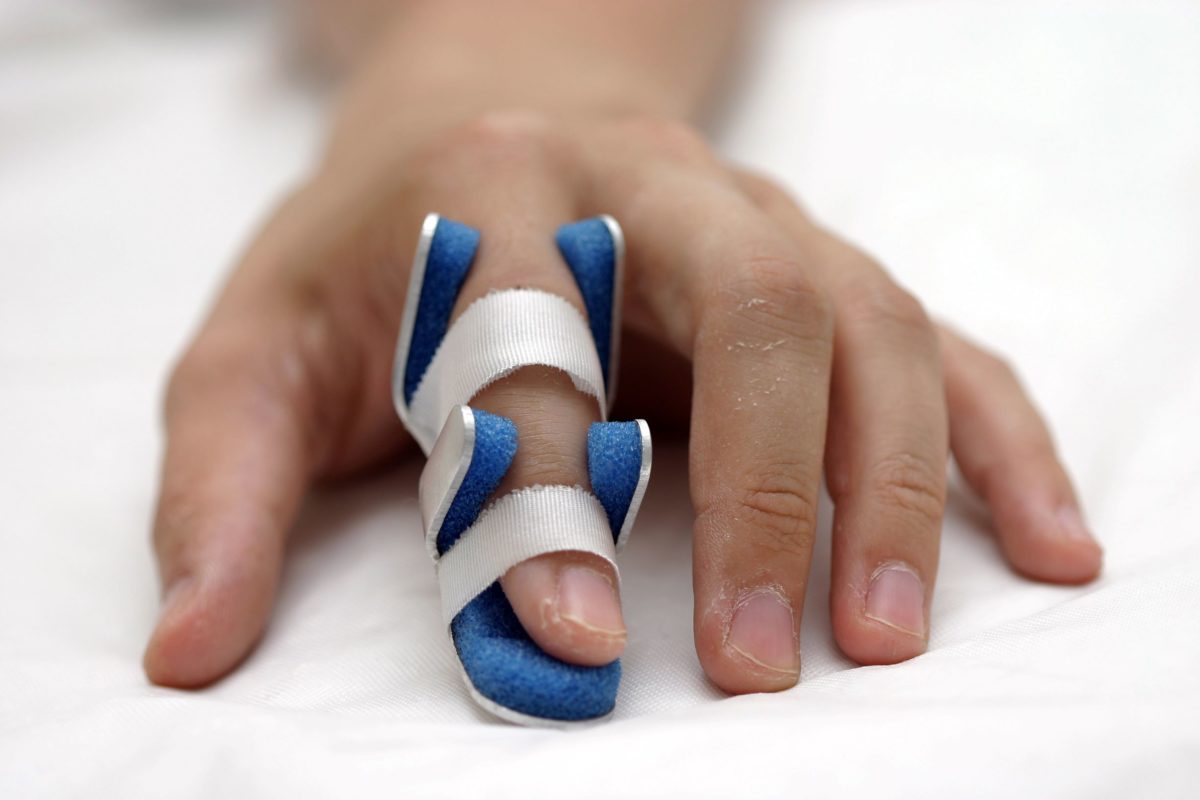Thumb joint surgery may be required for many reasons.
Maybe you broke part of the bones in your thumb and you now require surgery to fix them. Maybe the ligaments in your thumb are tightening up or feeling pinched, resulting in intense pain.
Symptoms like these are often attributed to arthritis, which is arguably the most common reason why patients have surgery on their thumbs. Arthritis is caused by repetitive movement, so if you’ve had a job for many years that required extensive use of your thumbs, it’s not unlikely to feel pain now and again.
Signs & Symptoms
The big question to ask yourself is, “How often am I feeling this pain?”
If it’s only occasional or doesn’t seem to bother you regularly, other thumb pain relief treatments or answers may exist for you. Pain medication and physical therapy may be two possible options when dealing with only mild or inconsistent pain in the joints of your thumbs.
However, if the pain is constant or too intense to sit through, the problem may be worse than you think. In this case, thumb joint surgery may be your only solution.
Why is this Pain Occurring?
Let’s look at some potential reasons why this may be happening to you. The most common reason for thumb joint arthritis is that the joints are beginning to loosen up. This happens with age; you become weaker, your bones become more brittle, and your muscles can’t hold up the strength they possessed during your youth.
It’s important to avoid heavy or repetitive movements when you age so that your joints don’t become worn out.
You, like all humans, have cartilage that surrounds and cushions the ends of your bones. As you age, this cartilage is likely to wear away or disappear, meaning your bones can rub against one another. This leads to pain and limited movement.
READ MORE ABOUT ARTHRITIS AT THE BASE OF THE THUMB.
Another reason why this may be occurring is because of your gender. It is suggested that thumb joint pain is about ten times more likely to occur in women than in men, though science has not been able to suggest why.
What to Consider
Either way, joint pain in the thumbs can still occur in both women and men, and there are different surgical procedures that can be applied to relieve your thumbs of any discomfort.
Bear in mind that under certain circumstances, your thumbs could take as long as one year after the surgery to feel different. It’s important to keep an eye on your joints and monitor whatever improvements you feel.
In addition, it’s also necessary to monitor your movement and make sure you’re not engaged in any harsh physical activity until your hands feel stronger and more capable. Otherwise, you run the risk of inflicting more pain and doing more damage to yourself, rendering the surgery useless or inefficient.
Thumb Joint Surgery Options
Let’s examine some of the surgical options that are available to relieve your thumb joint pain.
Ligament Reconstruction
Sometimes, the best route to take when working on a project is to simply start over. If you’re having difficulty on a report, document, construction model, or anything else, sometimes starting from scratch after is the best way to go.
This same idea applies to your joints. If your thumb joints have already endured extensive damage over the years, your doctor may just seek to rebuild your ligaments. This often requires parts of the tendons in your wrist be removed and added to the damaged joint muscles in your thumbs. Once connected, mechanical function is restored.
This procedure tends to work best if you catch the symptoms of your arthritis early. If you’re quick to notice the pain and don’t delay when seeking treatment, this surgery can be very successful.
READ MORE ABOUT VARIOUS FORMS OF ARTHRITIS.
However, as with every situation, there is a downside to consider. While your joints become stabilized, not much can be done to replace any lost cartilage or to strengthen your bones.
Fusion
The pain in your thumbs can be reduced or expunged by fusing the bones in your thumb joints together. The surgeon will create a hole in your thumb’s metacarpal bone, insert a pin into the hole, and align the bones together. The pin holds them in place, and with enough time, they’ll eventually fuse and become one single bone.
This procedure usually applies mostly to younger persons who have very physical jobs, such as athletes or warehouse workers. They’re likely to wear out implants and require a “quick fix” so they can return to work in as little time as possible.
While the procedure either reduces or eliminates pain, it does possess a high complication rate, and it can potentially damage other joints or limit your movement capabilities permanently if you’re not careful.
In any case, make an appointment to see our hand surgeon in Howell, West Bloomfield, Warren, or Macomb Township to see which kinds of procedures would offer the best results for you.
























